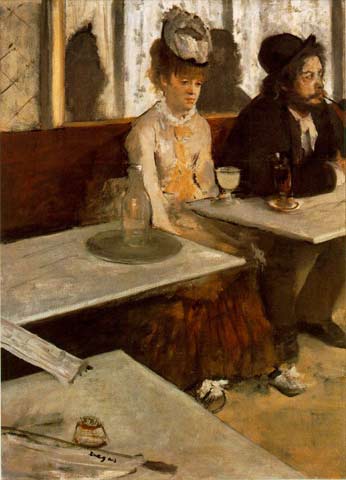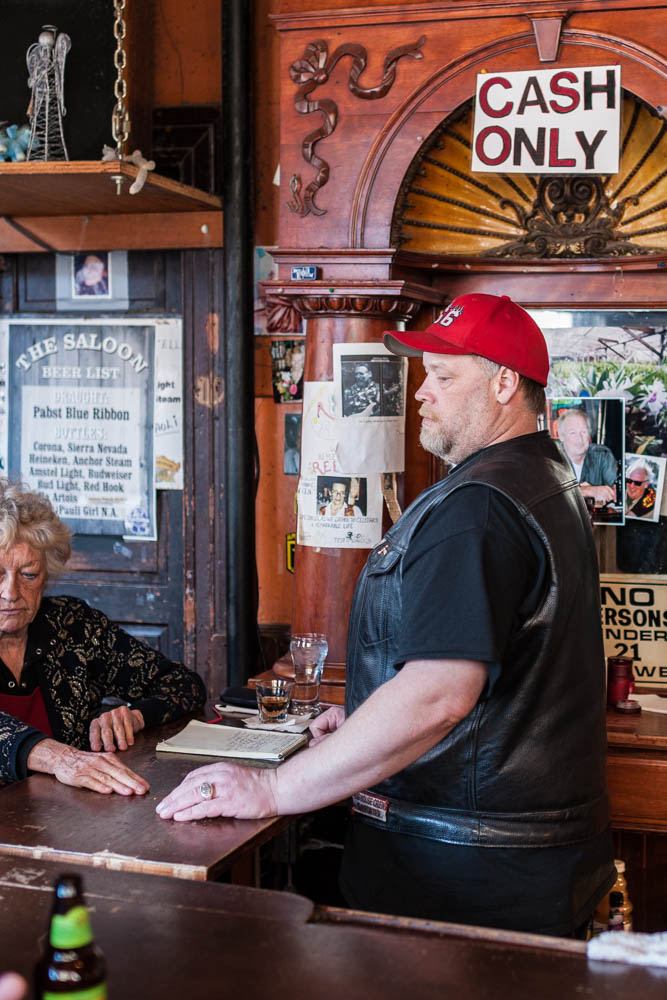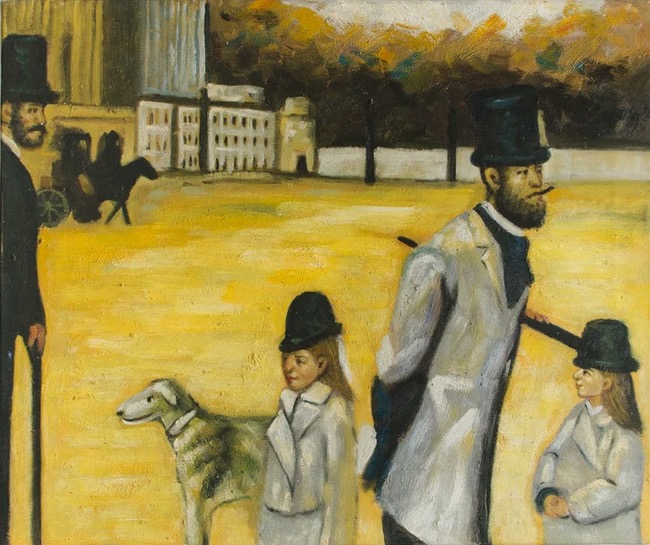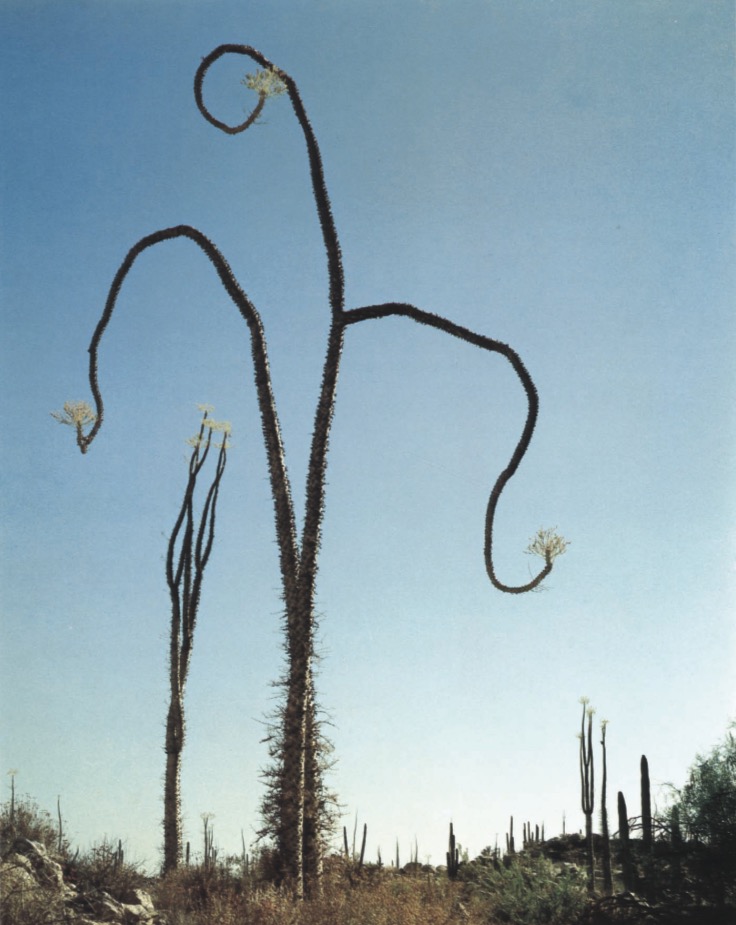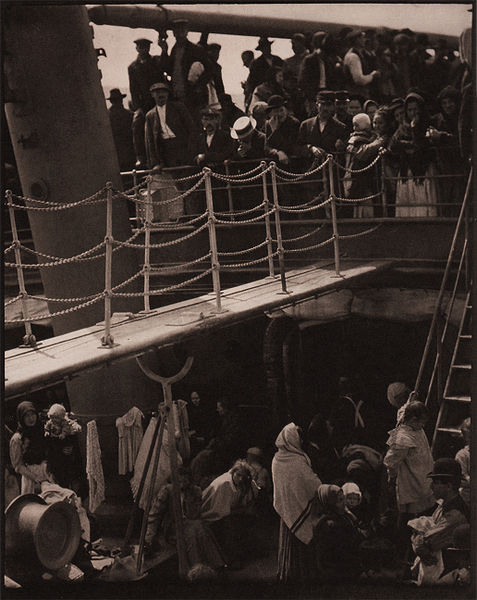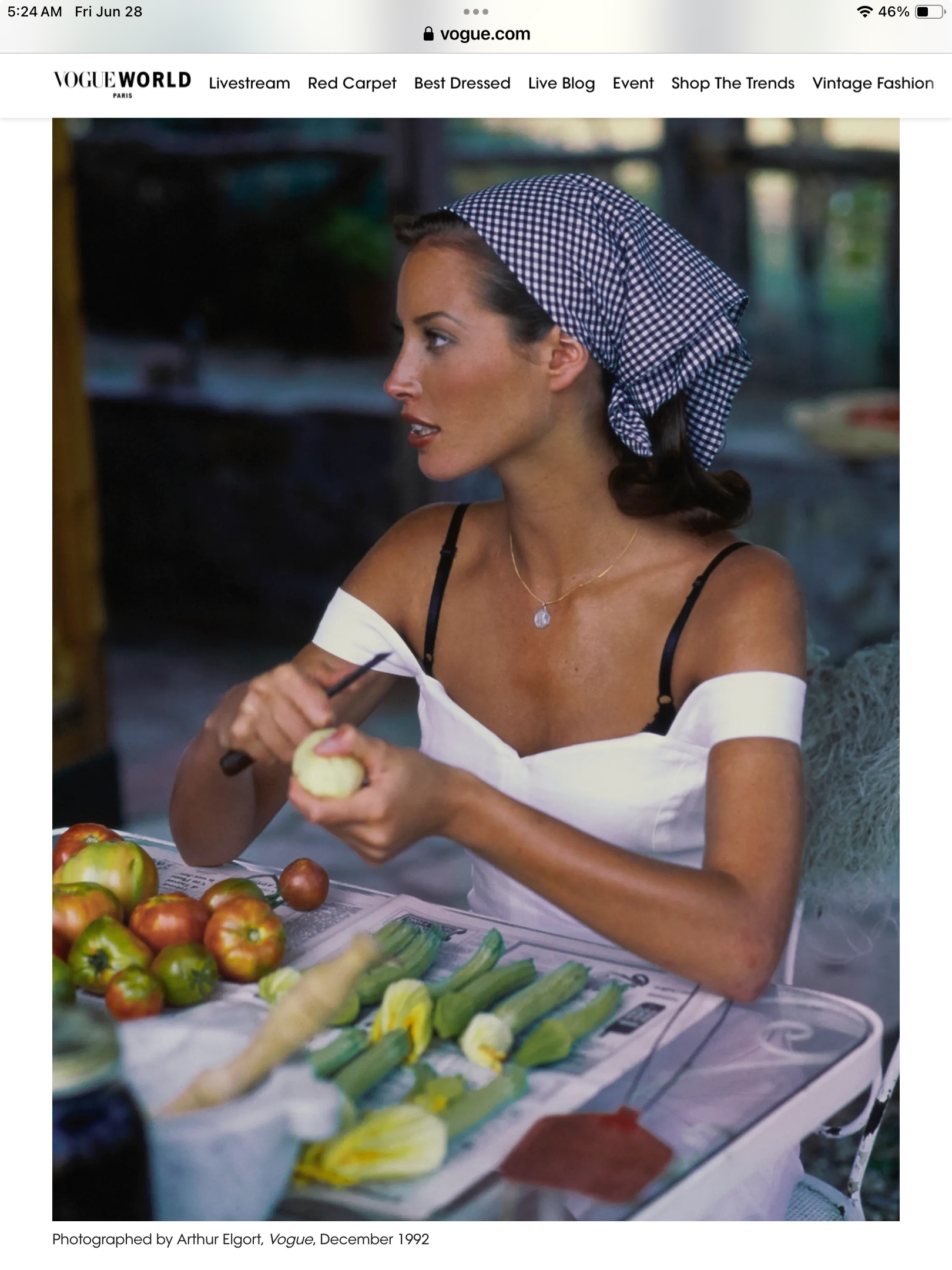American optimism under threat.
A splendid article in the New York Times relates how preservationists are fighting to save Googie architecture, the whimsical style of the sixties largely found in Los Angeles.
While nothing quite beats the Union 76 gas station in Beverly Hills, which is not mentioned in that article, the splendid photography is worth visiting.
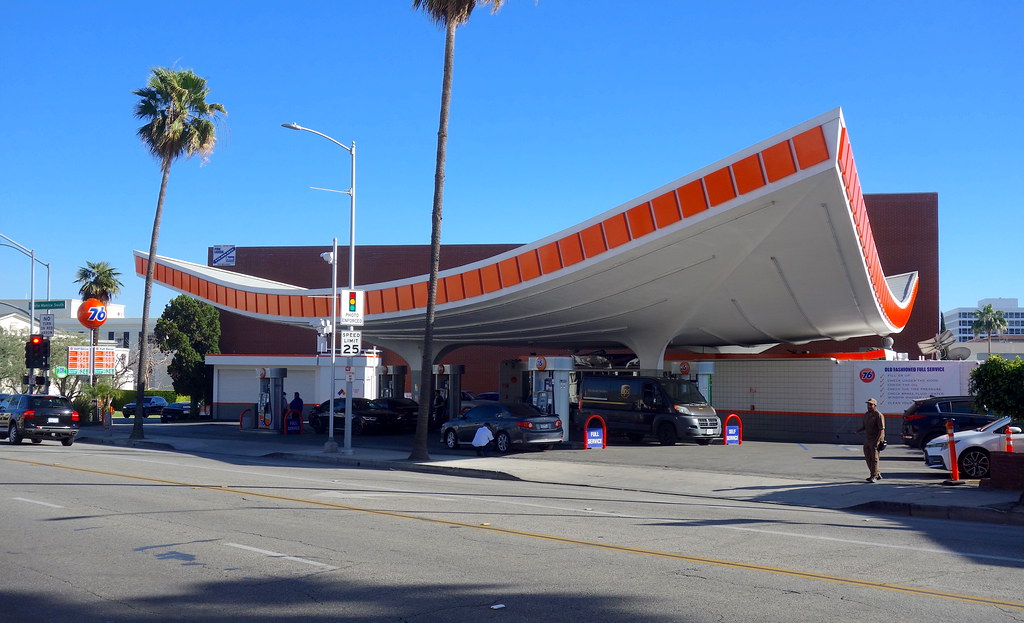
The Googie Union 76 in Beverly Hills.
Click the image for the article.
